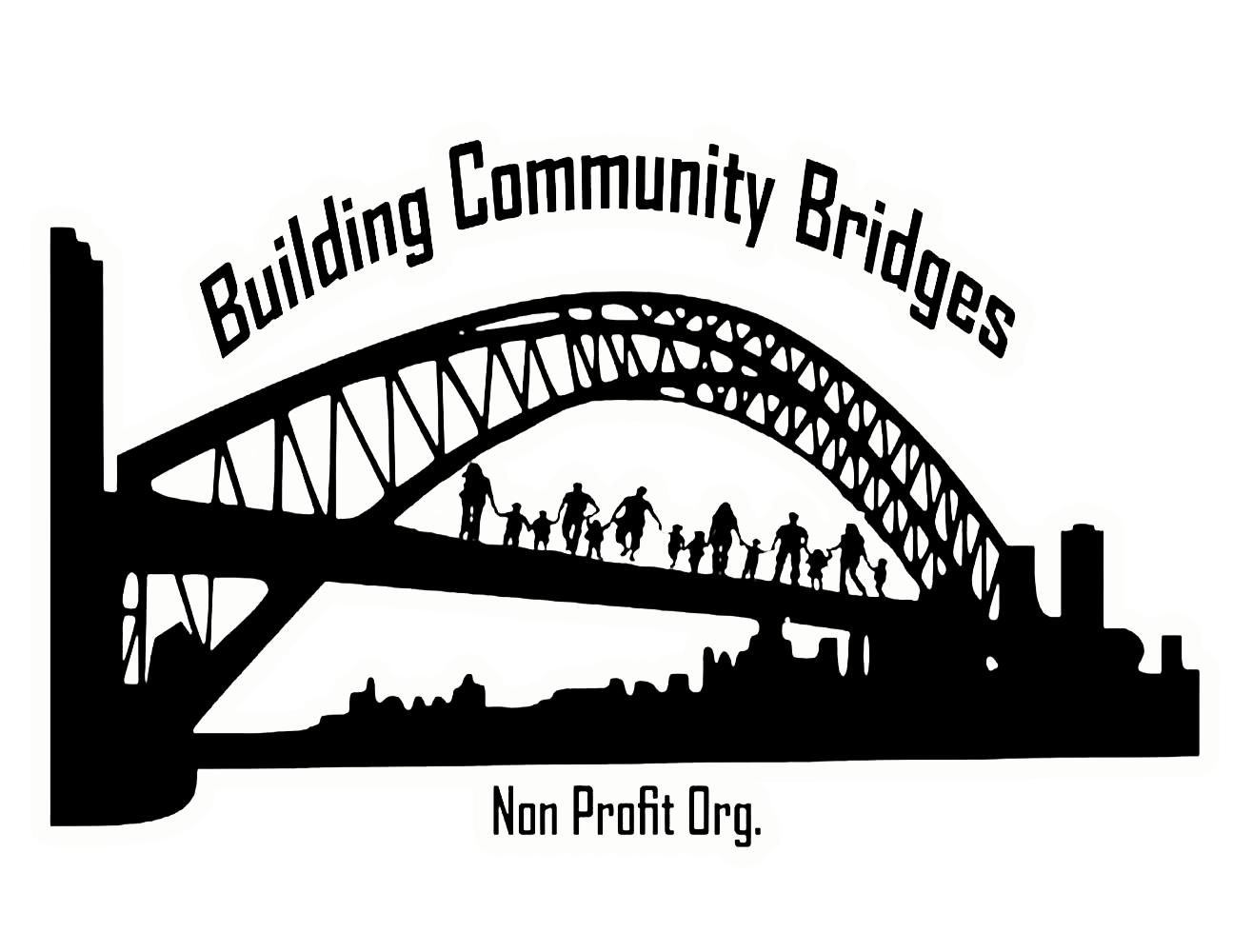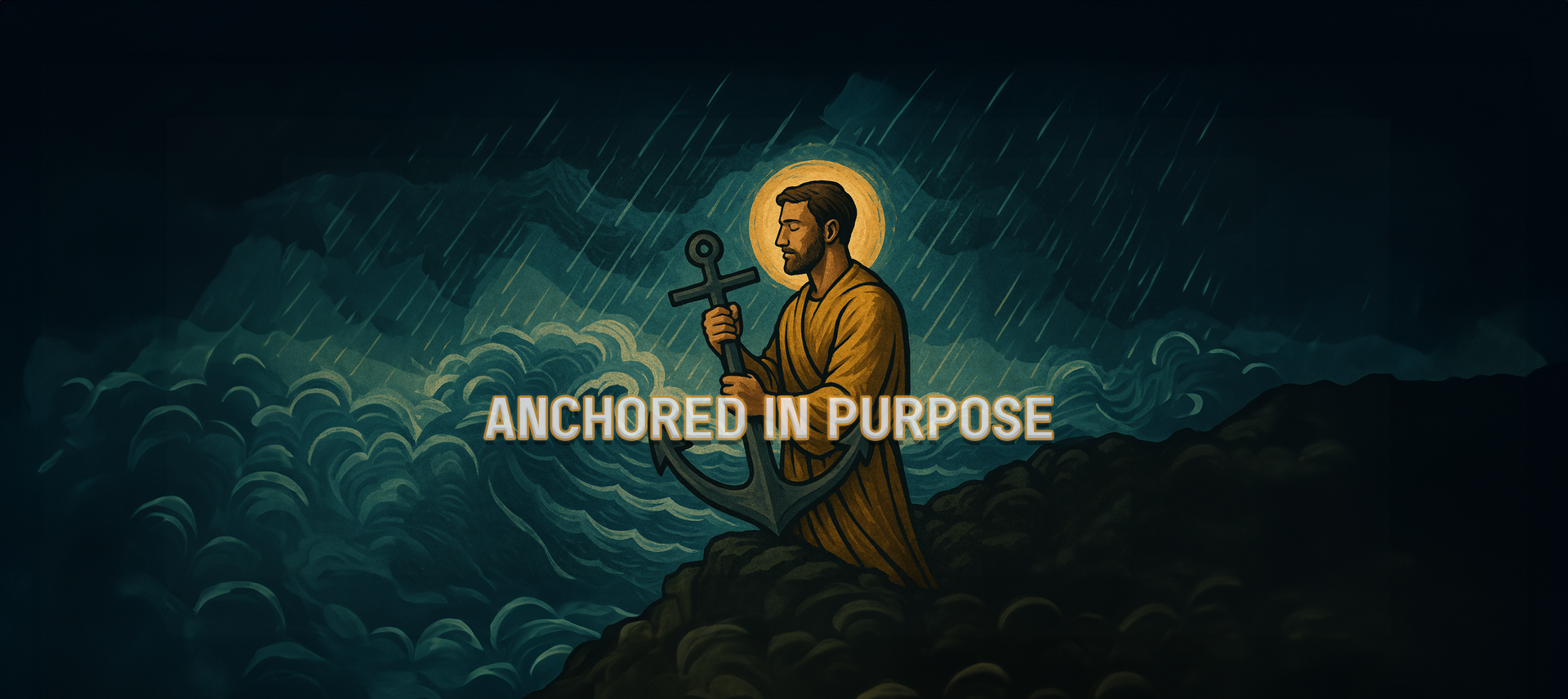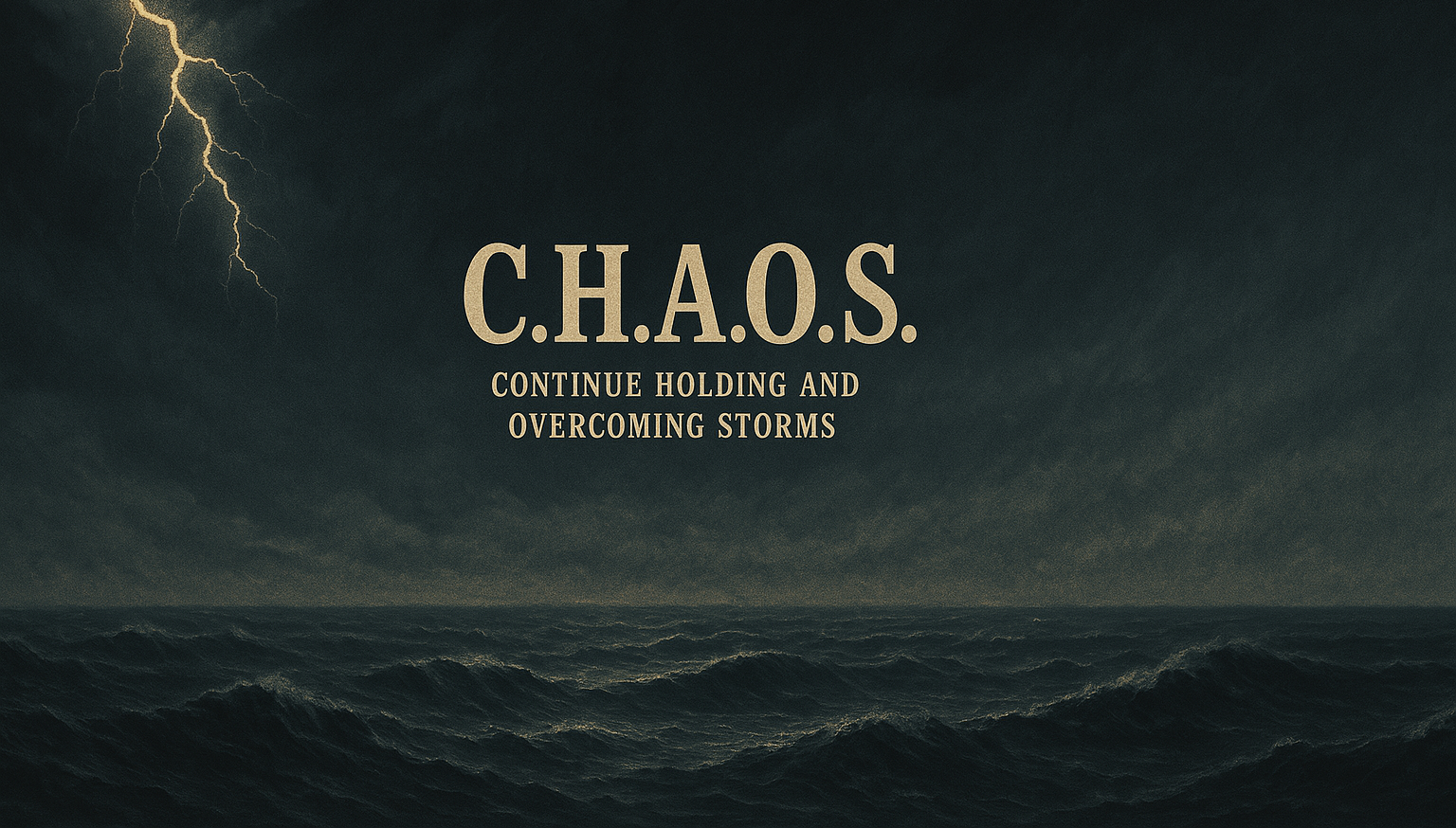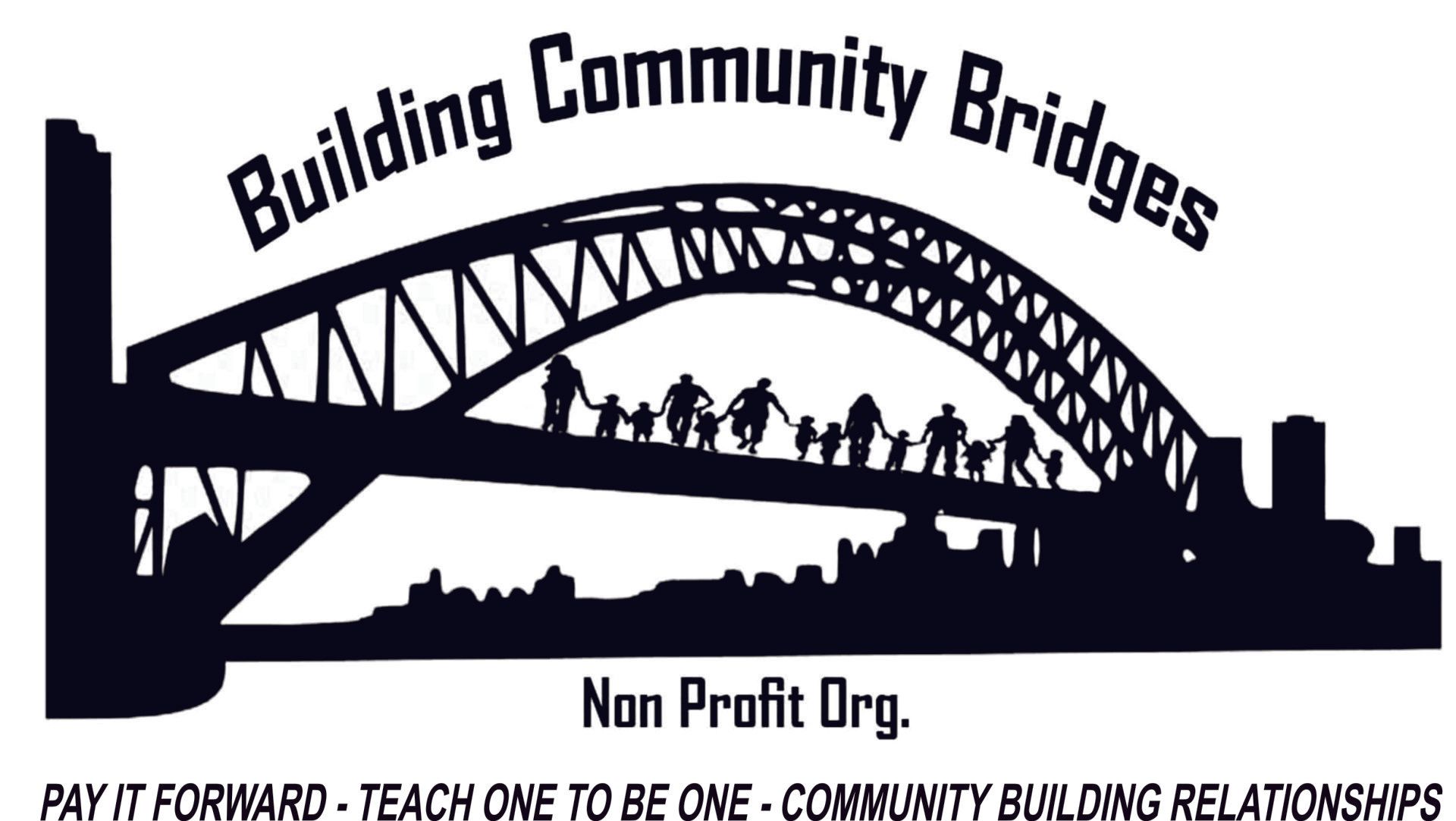Forgiveness vs. Reconciliation: Foundations for Healing and Lasting Success
Dedication: To my wife, Alicia, whose love and grace inspire the very heart of this message.
“Forgiveness frees the soul, but reconciliation rebuilds the bridge. One brings peace within, the other restores strength between us.” — DW3
Understanding the Difference: Forgiveness vs. Reconciliation
In the journey of healing and personal growth, it's essential to understand the distinction
between forgiveness and reconciliation. Forgiveness is an internal process — a decision to
release the emotional grip of an offense or wound. It’s an act of freedom, not for the other
person, but for yourself. Forgiveness means choosing peace over bitterness, growth over
stagnation. It does not require the participation or acknowledgment of the other party and can
happen even if the relationship remains broken or distant.
Reconciliation, on the other hand, is a mutual and intentional act that goes beyond forgiveness.
It involves restoring trust, rebuilding a relationship, and repairing what was broken. Unlike
forgiveness, reconciliation is a two-way street. It requires accountability, effort, and sometimes
time, especially when trust has been deeply damaged. While forgiveness can be silent and
personal, reconciliation is visible and relational — it’s about mending the bridge, not just walking away from the wreckage.
A Self-Check on the Path to Forgiveness
The journey toward forgiveness isn’t always linear, but some internal cues can help you reflect
on where you are. Ask yourself: Do I feel peace when I think of this person or situation? Am I
still rehearsing the hurt in my mind or holding on to grudges? Can I genuinely wish them well or,
at the very least, not wish them harm? Most importantly, have I refocused on my own healing
and personal growth rather than lingering on what they did?
If your answers lean toward peace, release, and forward momentum, then you are likely moving in the direction of true forgiveness. These reflections are not about perfection but about
progress. Even when forgiveness feels difficult, engaging in honest self-assessment can offer
clarity and motivation. It's okay if forgiveness feels like a process — because it is. But holding
space for peace and setting yourself free from resentment is always worth the effort.
The Role of Reconciliation in Team Dynamics
Reconciliation within teams and organizations is not merely about smoothing over conflicts; it is
about restoring alignment, trust, and shared vision. Conflict is inevitable when people work
closely together, but success is determined not by avoiding disagreement, but by how effectively those disagreements are resolved. When reconciliation happens, teams reestablish trust, enabling them to collaborate with renewed strength and unity.
Without reconciliation, even minor misunderstandings can evolve into deeper divisions,
weakening morale and team cohesion. Reconciliation cultivates a culture of openness where
individuals feel safe to express concerns and challenge ideas constructively. It re-centers the
group around its shared purpose — shifting the mindset from “me versus you” to “we together.”
In organizations driven by a common mission, like Building Community Bridges, reconciliation
ensures that differences serve the greater good rather than derail progress.
Leadership Through the Lens of Reconciliation
Leaders set the tone for organizational culture, and reconciliation is one of the most powerful
tools they can wield. When leaders acknowledge mistakes, listen with empathy, and model
reconciliation, they build trust that extends throughout the team. These qualities — humility,
transparency, and wisdom — signal to others that resolution is possible and encouraged, even
in moments of tension.
A reconciliatory leadership style doesn’t just solve problems; it inspires people to grow. It turns
conflicts into opportunities for learning and transformation. Team members become more willing to take risks, share ideas, and work through challenges when they know that leadership values unity over ego. In the long run, this approach doesn’t just make teams feel better — it makes them perform better.
Reconciliation and the Road to Personal Success
On a personal level, reconciliation is more than healing relationships — it's about aligning with
yourself. Success is rarely achieved in isolation from others or from one’s own inner world.
Reconciliation requires letting go of ego and embracing humility. It demands the courage to
admit when you're wrong, to see from another's perspective, and to seek peace instead of
vindication.
Sometimes, the hardest reconciliation is with ourselves — coming to terms with past mistakes,
disappointments, or the parts of our story we’d rather erase. This internal reconciliation clears
the path for authentic growth. It builds emotional intelligence, increases resilience, and frees us
from self-sabotaging patterns. Many successful individuals attribute their breakthroughs to the
moment they chose reconciliation — within themselves and with others — over resentment or
avoidance.
Bridging the Two for a Fuller Life
Whether in a nonprofit like Building Community Bridges or in everyday relationships, the
interplay between forgiveness and reconciliation is foundational to sustained impact.
Forgiveness brings personal peace; reconciliation restores collective strength. Both are
necessary for individuals and organizations to thrive. One heals the soul; the other heals the
space between souls.
Together, forgiveness and reconciliation form the pillars of lasting success — not just in
professional achievements, but in the quality of our relationships and the depth of our personal
fulfillment. When people and teams embrace both, they don’t just move forward — they rise,
stronger and more united than before.
“Forgiveness frees the soul, but reconciliation rebuilds the bridge. One brings peace within, the other restores strength between us.” — DW3







